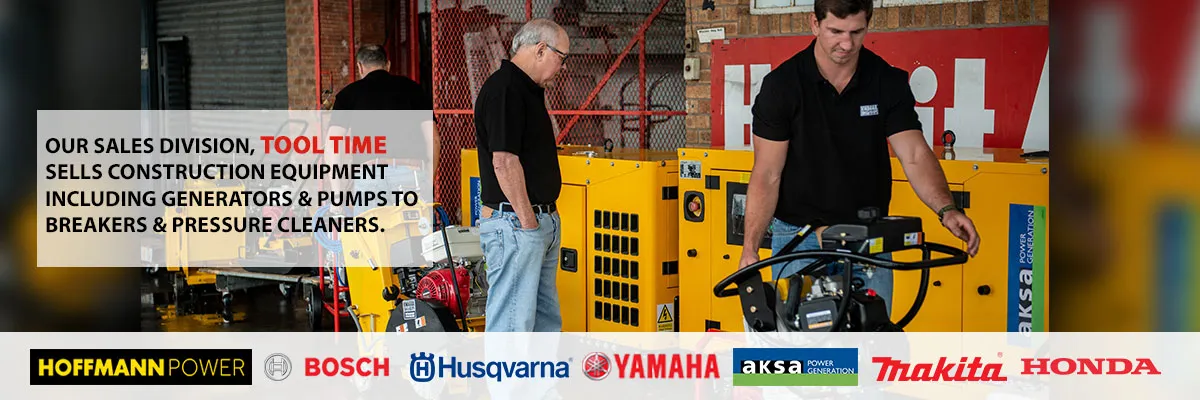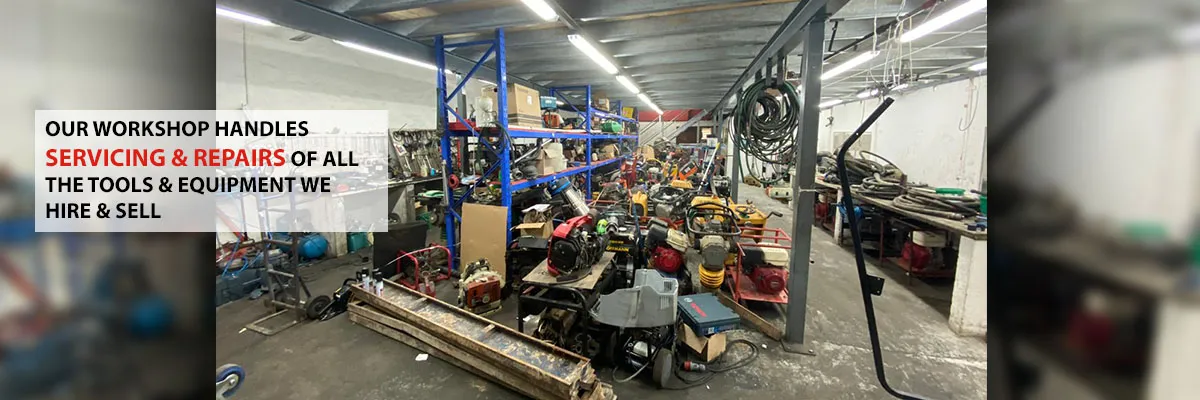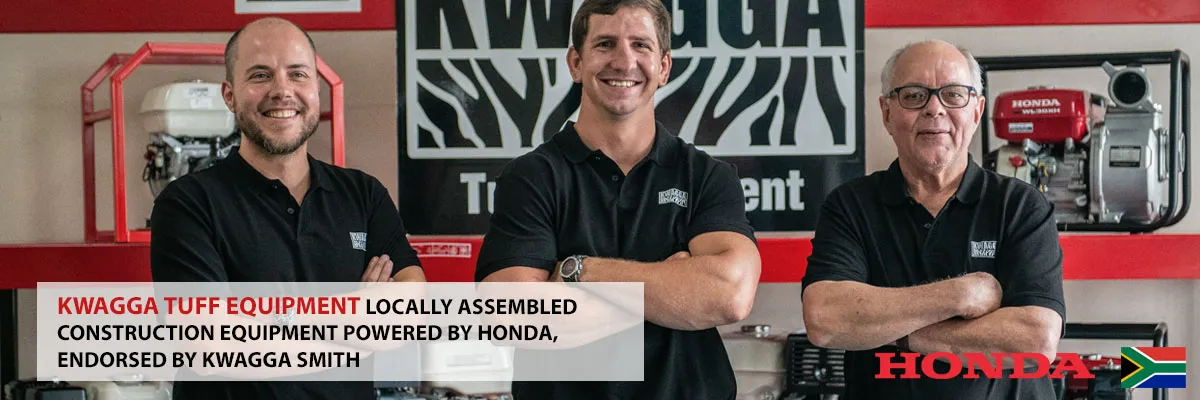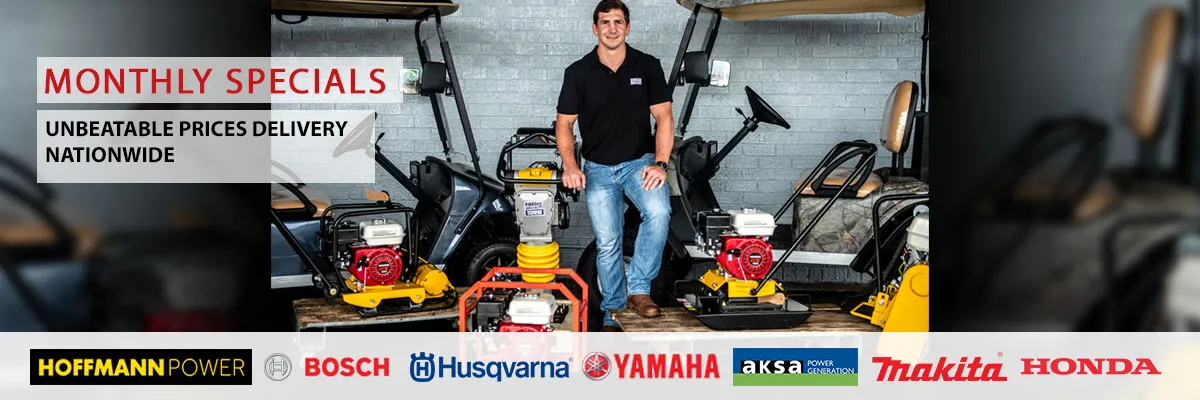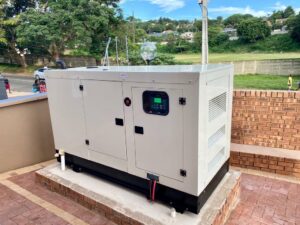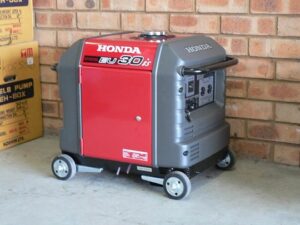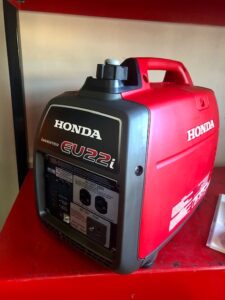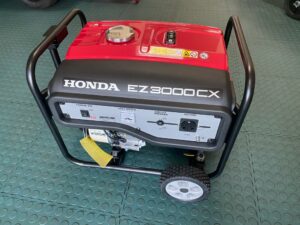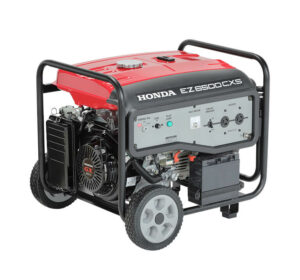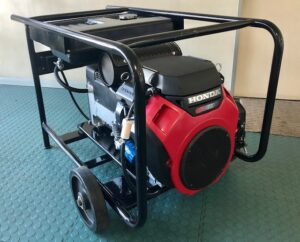With the return of loadshedding, many people are considering ‘going off the grid’. As experts in supplying back up power in the form of generators, inverters and USP’s, Richard Fraser, CEO if Hire It, summarises price range options to keep WiFi and laptops on when loadshedding hits and the lights go out and what level of generator is needed to power different household items – eg fridge/ freezer / washing machine/ stove /oven.
1. How do generators work? Do all generators run on diesel? Is an inverter/ UPS needed to work in conjunction with the generator?
Generators are driven by Petrol or Diesel or even LP Gas Engines, which rotate copper wiring inside an electrical field to generate electricity. A battery Inverter or UPS is not a necessity for a generator to run power into your home office. In many instances people do use a UPS backup so that your equipment does not switch off, especially in the case of server rooms. These UPS’s have a run time of around 10 minutes so that you have time to switch on a generator. There is also a type of generator called an Inverter generator (which is confusing), but this type is a small very quiet and efficient generator which run on petrol. They are expensive compared to regular generators, however. There are also long running inverters that use batteries, these can be charged by the mains power, solar power or even generators.
2. What’s the price range of generators for household use?
2.1 The cheapest option would be a normal 2.5 kVA petrol generator which retails for around R6,000 to R9,000 depending on the brand and type. These would be a pull start generator, and would run lights, TV and possibly a fridge in a normal single phase home.
2.2 The mid-range generator most commonly we would sell between a 6 to 8 kVA generator which run lights, TV, a few fridges, a few split aircons, microwave, kettle. This size would not manage to run an electric stove, it may be able to run a geyser if some other items are switched off. These are key start units so are easier to start up. The pricing ranges from R12,000 to R20,000
2.3 The more expensive generator – All single phase homes in South Africa receive 60 amps from Eskom, so to get this amount from a generator you would require at least a 13.5 kVA generator. Households rarely use all 60 amps at the same time, and even so for short bursts, so it is possible to get a smaller generator and manage the things that you use. If you just wanted to run everything, a 13.5 kVA Petrol generator sells for around R60,000. These would be air cooled engines so are quite noisy. On the upper end of the price range would be a 13 to 20 kVA Silent Diesel Generator in a Silent Canopy, pricing ranges from around R115,000 to R180,000. These units are quiet and have industrial water cooled engines. These are also capable of being wired up to start automatically when the power goes off. As a general rule, petrol generators are not capable of being automatic starters.
For a lot of people noise is an issue, for example if they live in a complex. We supply our Petrol Inverter Generator
range which ranges from 2.2 kVA up to 7 kVA, and pricing ranging from R 18,000 to R76,000. These units are quiet and light on petrol, however pound for pound they are quite expensive.
We are dealers for a number of top brands whose pricing ranges from the middle to the top of the market, such as HONDA, Yamaha, Husqvarna, Hyundai and Hoffmann. On the larger Diesel Generators we supply from 13 all the way up to a 1000 kVA container sized generator. In this type we are agents for AKSA, FAW, CUMMINS and DOOSAN.
3. How should a generator be installed
The Installation of generators needs to be carried out by a qualified electrician, who needs to supply you with a COC for insurance purposes and for health and safety. The installation costs do depend on a few factors such as the age and compliance of the existing Distribution board, and the distance the generator will be from the DB board. Roughly speaking, a home installation for an average sized Petrol generator should cost between R6,000 and R8,000. The crucial component to be installed is a change over switch which can direct power from either the mains or the generator to the Distribution board, and prevents these power sources from coming into contact. Please note it is illegal and a fire hazard to plug a generator into your wall socket to ‘reverse power’ into your house. This can cause people working on the power line to get electrocuted and is a fire hazard.


